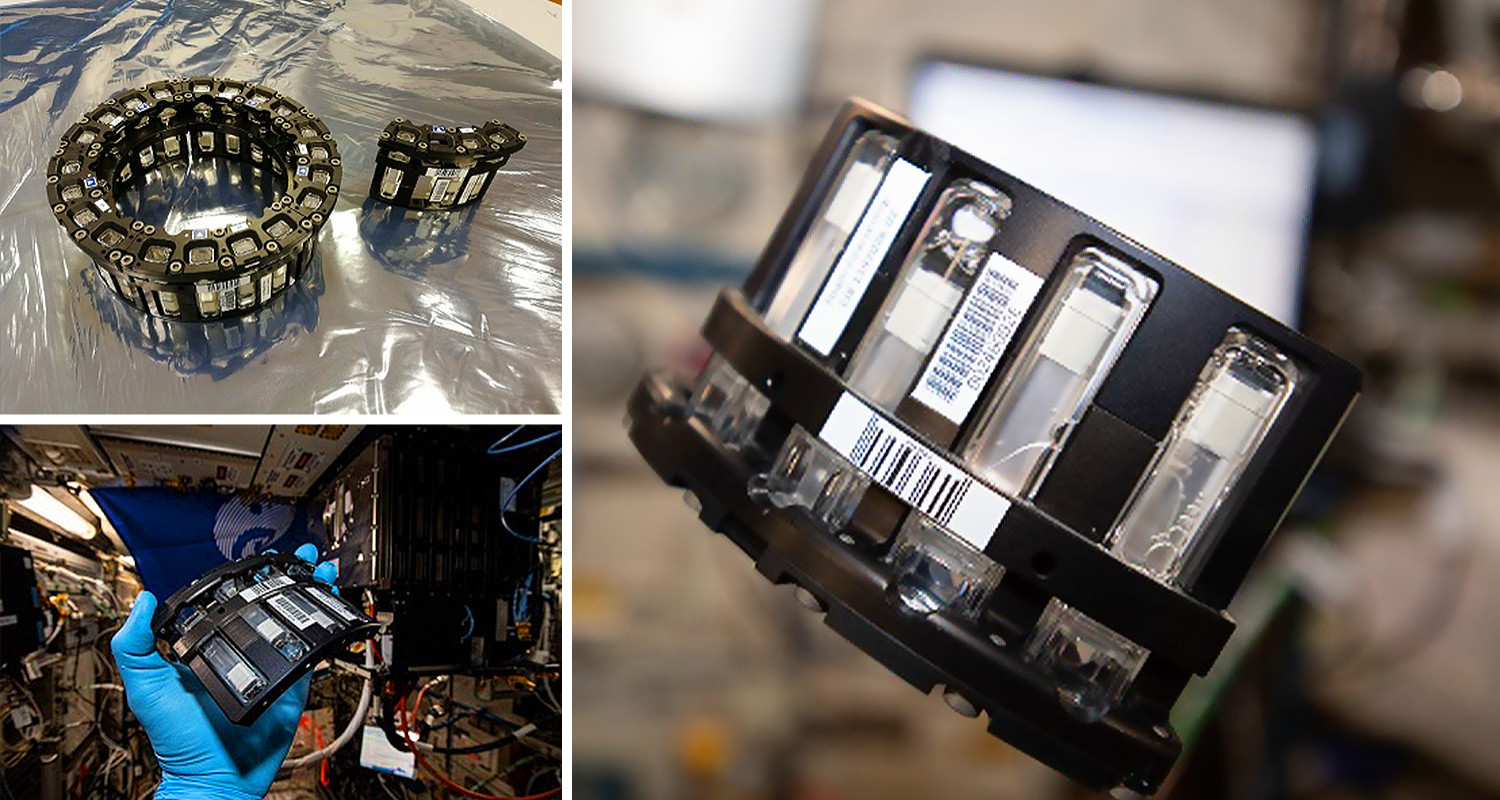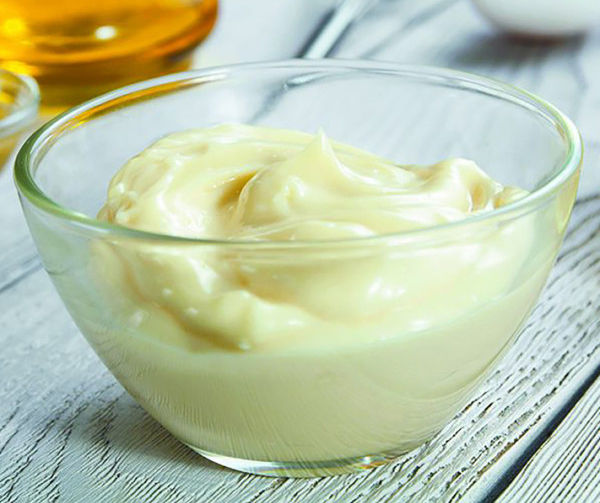Back
News
PASTA: The science of mayonnaise and other emulsions to benefit from microgravity research on the ISS
08/03/22

On Monday February 28, 2022, a new experiment called PASTA was installed on the International Space Station by ESA astronaut Matthias Maurer, under the supervision and guidance of the Belgian control centre B.USOC, hosted at BIRA-IASB.
-
PASTA will then be operated from the ground by the Space Applications Services operators, in collaboration with the B.USOC, in order to collect data on the formation of emulsions in weightlessness for the PASTA science team. This will enable the development of better theoretical modelling of emulsions, with a wide array of applications in the food, cosmetic, pharmaceutical and manufacturing industries.
-

What are emulsions?
The inventor(s) of mayonnaise – whoever it may be – probably knew very little about the physics that makes this tasty sauce even possible, because mayonnaise is actually an emulsion. This is what we call a mixture of two liquids that normally do not mix, where you need to add things like surface-active agents and emulsifiers in order to keep them happy together. Other examples of emulsions are found in foods (milk, dough, candy…), cosmetics, pharmaceutics (including vaccines), as well as many types of industry (oil, chemicals…).
In general, modern industrial processes are based on trial and error and empirical knowledge. It is only with the better understanding of science and the development of computer technology that more advanced and complex theoretical models can be created. However, theoretical models need to be tested in the real world, and for this, calibration and validation is necessary as part of extensive experimental research.
-
Emulsifying liquids in microgravity
In-depth studies of physical mechanisms are often very difficult to do here on Earth, because of a dominating force called “gravity”. Many phenomena at play are hidden by gravity, both in amplitude (the phenomena are so small they’re invisible) and time (the phenomena are extremely short-lived). Here is where microgravity research platforms such as the International Space Station (ISS) prove their value by allowing us to focus on these phenomena with more accuracy and for extended periods of time.
After studying phenomena such as :
- the stability and characteristics of emulsion droplets without gravity in the FASES experiment
- the geological mantle-crust interaction in a miniature model of Earth in the Geoflow experiment
- the dynamics of granular material in the CompGran experiment
- the boiling processes in microgravity with the RUBI experiment
- and the ageing of wet foams in FOAM-C
This round of experimentation will be all about emulsions. The PArticle STAbilised emulsions experiment – PASTA for short – placed inside the Fluid Science Rack (FSL) in the European Columbus module of the ISS, will be studying the stability of different emulsion compositions in microgravity.
-
The PASTA science team collect data on the formation of emulsions in weightlessness. This will enable the development of better theoretical modelling of emulsions, with a wide array of applications in the food, cosmetic, pharmaceutical and manufacturing industries.
-
Technical details of the mission
Launch and installation
A retrofitted Soft Matter Dynamics (SMD) experiment container and the PASTA sample cells were launched to the ISS on February 17, 2022. Matthias Maurer, the German ESA astronaut currently onboard the station installed SMD and the PASTA sample cells in the FSL rack on February 28, 2022, before handing over control to the Belgian User Support and Operations Centre (B.USOC) for the day-to-day science operations. The complex crew activity will be live-streamed on the B.USOC YouTube channel. You can also follow B.USOC on Twitter.
-
The PASTA experiment
Each PASTA sample cell is fitted with a piston that allows us to agitate the mixture within the cell at various frequencies and durations to emulsify the mixture. The sample cells are grouped four by four in sample cell units that can be fitted on a carousel inside SMD. This carousel allows us to place each individual sample cell in the diagnostics position of SMD, where it can be observed with the SMD sensors and several diagnostic tools, like the overview camera that takes microscope image sequences in black and white of the sample cell.
-
The teams & funding
The PASTA science research is made possible through selection and financing of the European Space Agency. The Science Team is led by the Consiglio Nazionale Delle Ricerche in Genova, Italy, with support teams from the University of Parma, Italy, and several other universities in Italy, France, Germany, Greece, USA, Russia, Japan and several commercial entities.
The SMD and sample cell hardware was developed and built by Airbus Friedrichshafen in Germany. Thales Alenia Space Italy in Turin was prime contractor for FSL.
The Belgian User Support and Operations Centre (B.USOC), hosted by the Royal Belgian Institute for Space Aeronomy in Brussels , is responsible for the implementation of selected European payloads on board the International Space Station (among them FSL, SMD and PASTA), on behalf of the European Space Agency (ESA). It acts as the link between scientists and the ISS environment, and is responsible for preparing and operating those experiments as well as distributing the raw science data from the experiment to the Science Team. B.USOC operators are in contact with other ground control stations across Europe in order to make sure that these experiments are executed as expected, and according to the needs of the scientists.
Watch how the event occurred in real-time here: https://youtu.be/AXjdYGaYflM
News/SpaceApps/B.USOC